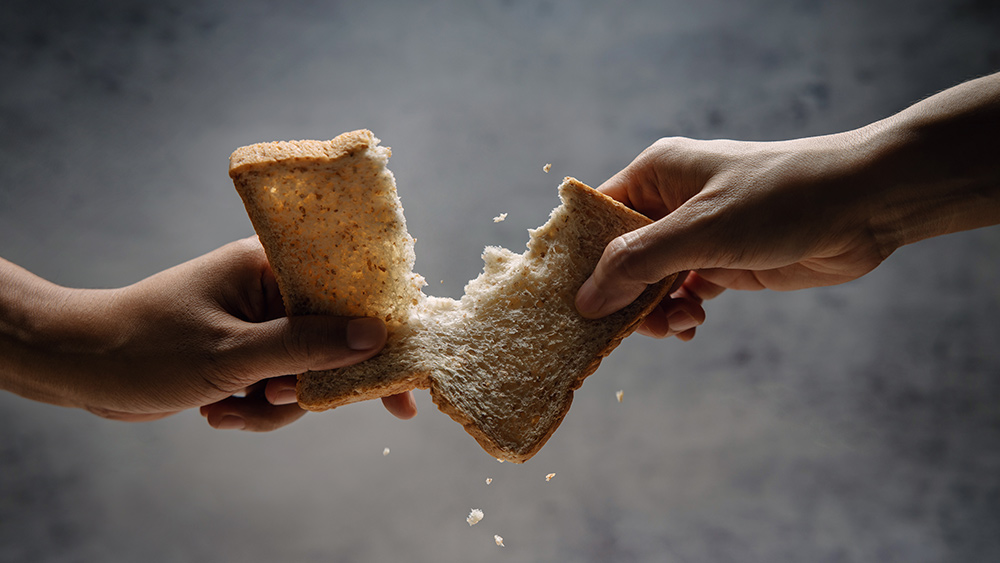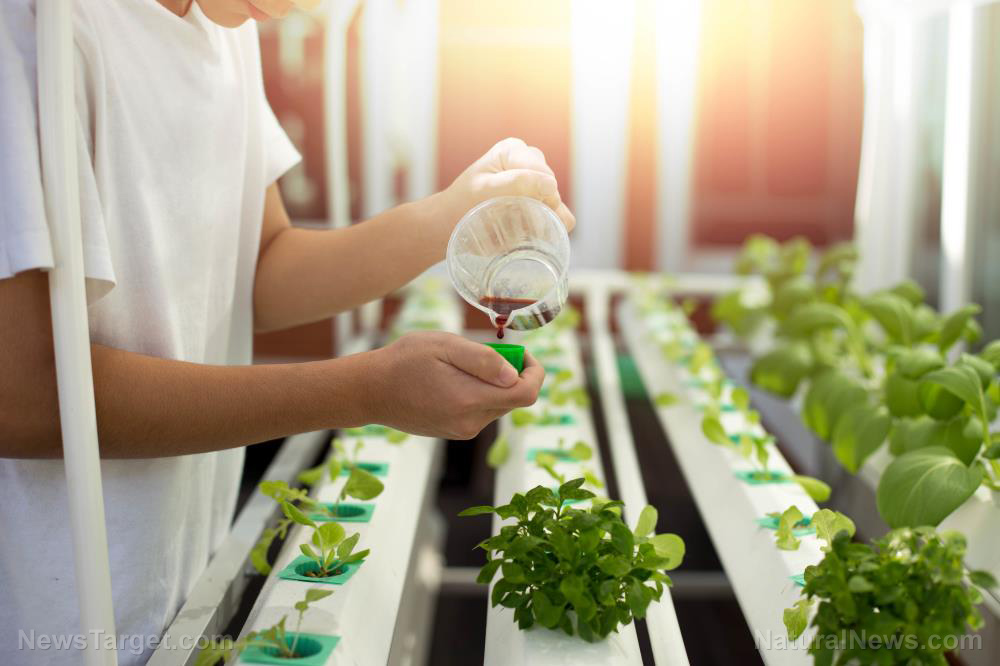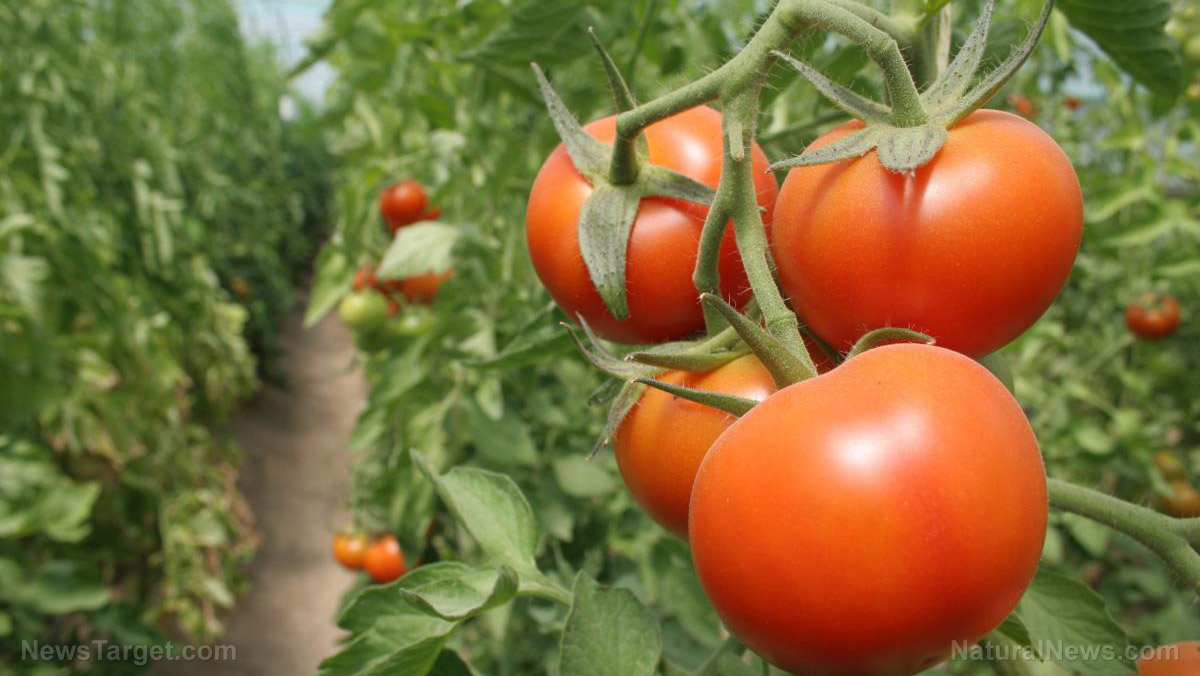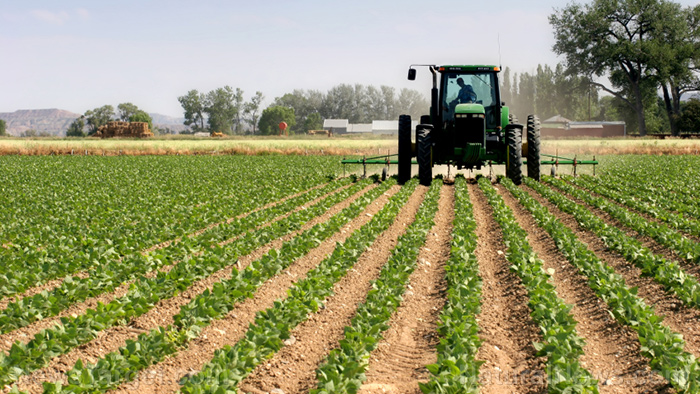USDA data: America’s cold-stored orange juice stockpiles down 43%, the lowest level since 1977
10/27/2022 / By Mary Villareal
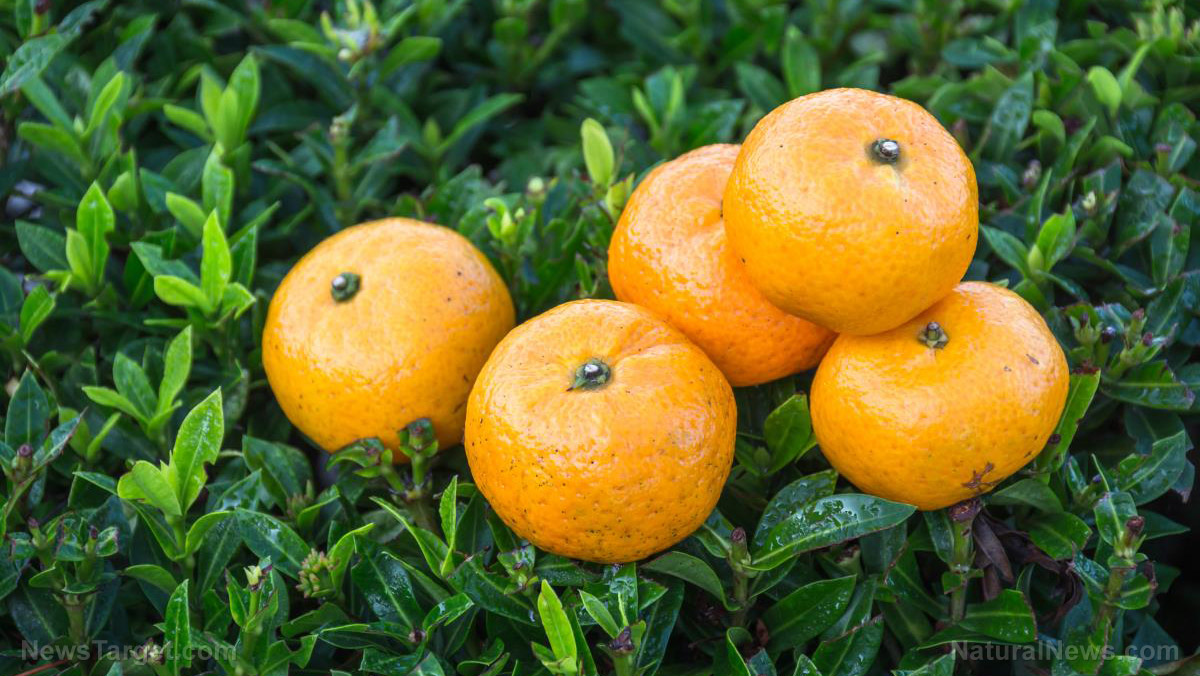
The United States stockpiles of cold-stored orange juice have plunged by 43 percent in September from a year earlier. According to U.S. Department of Agriculture (USDA) data, this is the lowest level they have fallen into since 1977.
This is due to a combination of crop diseases across Florida’s citrus groves and the wrath of Hurricane Ian, which destroyed even more crops and created a supply shortage that catapulted orange juice futures to as high as $2.18 per pound.
The USDA’s forecast showed that 28 million boxes of Florida oranges could be produced in the 2022 to 2023 season, which would be the lowest output since 1943 and down 32 percent from last year’s already low production of approximately 41 million boxes.
Jack Scoville, vice president at PRICE Futures Group in Chicago, said they are also factoring in a very tight crop production situation, as the cuts had been pretty extreme. (Related: CROP COLLAPSE: Florida citrus crops DESTROYED by Hurricane Ian.)
Florida oranges served as the feedstock for most of the orange juice produced in the United States. However, the number of oranges available to be used for juice is now at record low because of the so-called greening disease, which can cause trees to bear smaller fruit with lower sugar levels. The outbreak has prompted farmers to ask the Food and Drug Administration to lower its sugar content standards for juice.
Scoville predicted that more Americans will switch to vitamin C supplements as the cost of orange juice steadily climbs. “We were expecting a cut in production, but this is a very big cut, so the market is reacting accordingly,” Scoville said.
Economists: Higher prices are the cure for higher prices
The poor weather in Brazil and Florida hurt the orange crop earlier this year. Brazil is the world’s largest orange producer and provides half of the world’s orange juice.
Still, economists say high prices are the cure for higher prices – that is to say, farmers can have more incentive to produce more of their crop when the price of the fruit is higher.
The forthcoming Brazilian crop is set to be far larger than last year’s. According to the USDA, Brazil’s 2021 to 2022 crop would be 15 percent higher compared to the previous year.
More recent USDA data also forecast that the Brazilian crop will yield 1.14 million metric tons, which is 20 percent more than the year before. If the forecast is correct, then the crop would be the highest since the 2018 to 2019 season.
While not all of the oranges will get converted into juice, the availability of oranges in itself is a key factor.
Total shipments of Brazilian orange juice from July to September, which marks the first quarter of the 2022 to 2023 harvest, closed with a volume of 276,212 tons. That represents an increase of 3.24 percent compared to the first three months of the 2021 to 2022 harvest.
In terms of revenue, CitrusBR said that exports totaled S520 million in the period, showing a growth of 23.11 percent compared to the $422.4 million registered in the same quarter of the previous harvest.
Visit WorldAgriculture.news for more stories related to orange shortages.
Watch the video below to learn how “premium” orange juice is made.
This video is from the Health with benefits channel on Brighteon.com.
More related stories:
Orange juice price hike looms after Hurricane Ian batters Florida’s citrus orchards.
Sources include:
Submit a correction >>
Tagged Under:
agriculture, Brazil, climate, collapse, crops, disaster, Florida, food collapse, food costs, food inflation, food prices, food supply, grocery, harvest, Hurricane Ian, natural disaster, Orange Juice, oranges, products, weather
This article may contain statements that reflect the opinion of the author
RECENT NEWS & ARTICLES
FoodScarcity.News is a fact-based public education website published by CORONA2019 News Features, LLC.
All content copyright © 2022 by Food Scarcity News Features, LLC.
Contact Us with Tips or Corrections
All trademarks, registered trademarks and servicemarks mentioned on this site are the property of their respective owners.


